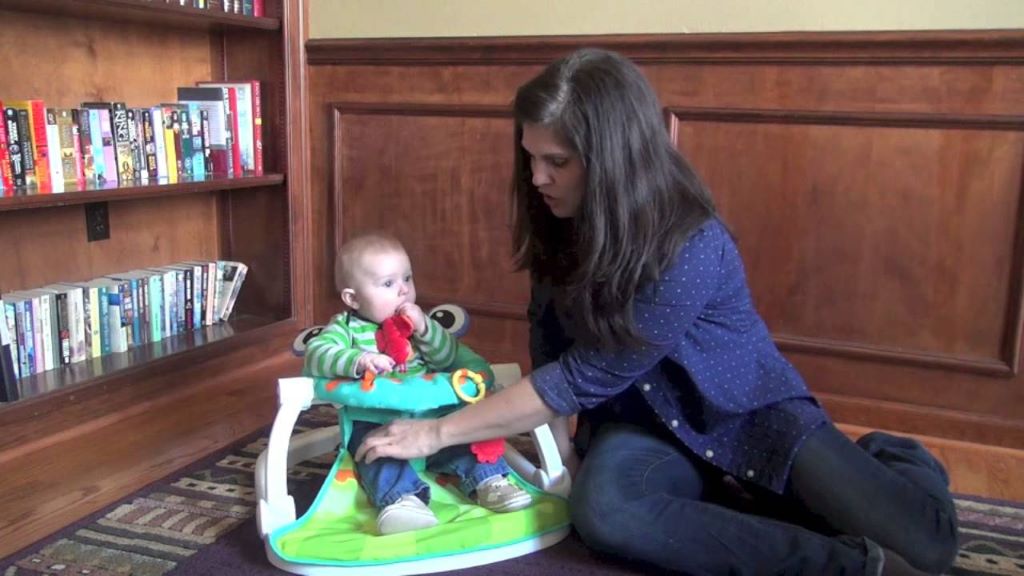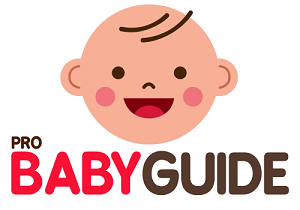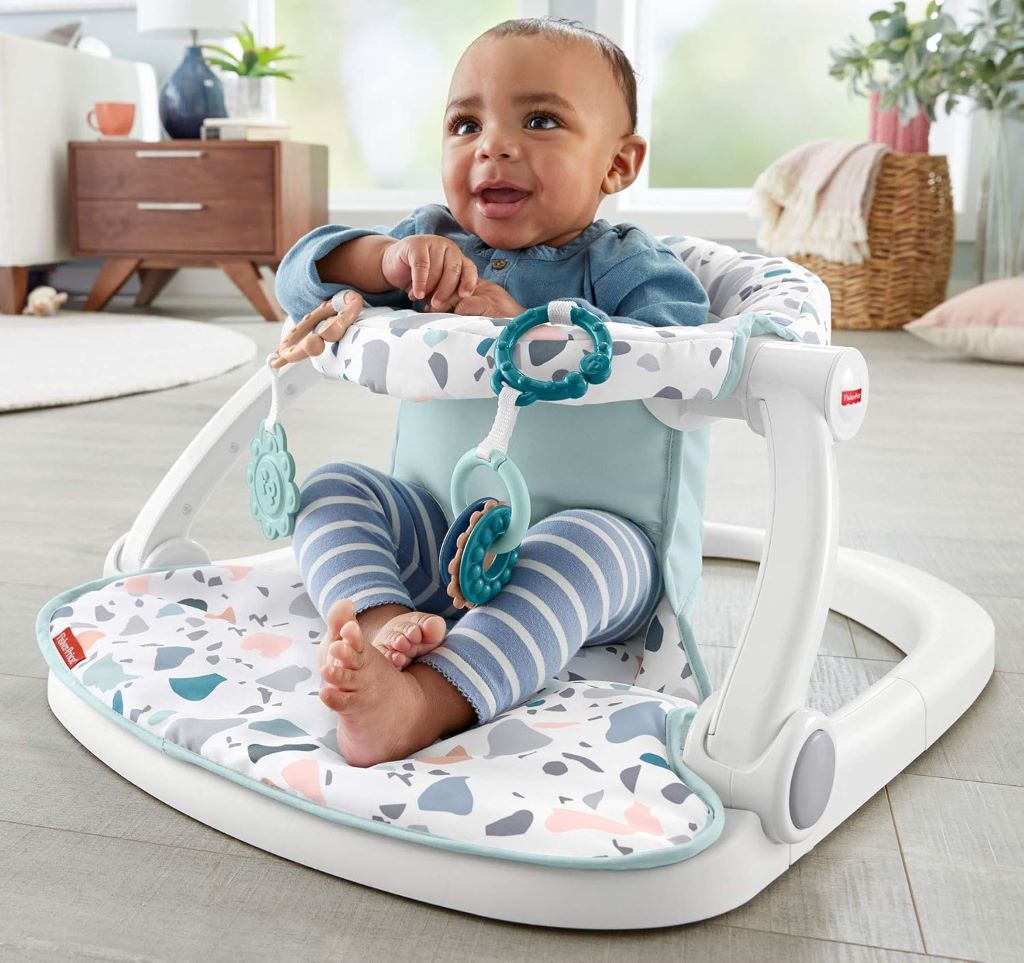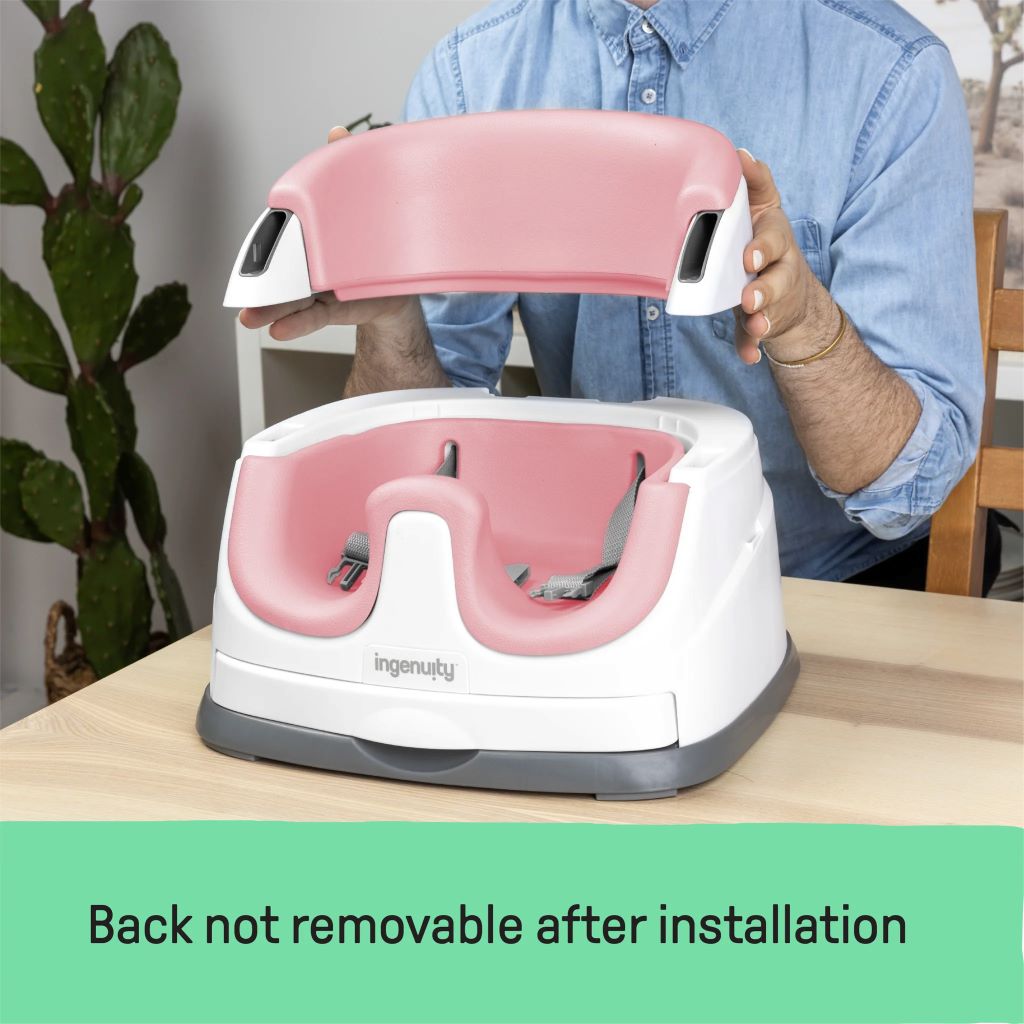As a parent, witnessing your baby’s developmental milestones is a joyful experience. From the first smile to those initial wobbly steps, each stage brings a sense of wonder and excitement. One such milestone is the ability to sit upright independently. To assist with this, many parents consider using a sit-me-up floor seat. These supportive seats can provide a safe and comfortable space for babies to practice sitting while engaging with the world around them. However, it’s crucial to understand the appropriate age and developmental stage for introducing a sit-me-up seat to ensure your baby’s safety and promote healthy development.
Understanding Sit-Me-Up Floor Seats
Sit-me-up floor seats, also known as infant floor seats or baby support seats, are designed to prop babies in an upright seated position. They typically feature a wide, sturdy base, a soft fabric seat, and sometimes include attached toys or activities. These seats can be a helpful tool for babies who are developing their core strength and head control, providing them with a comfortable and engaging space to practice sitting.
Recommended Age for Sit-Me-Up Floor Seats
While the specific age recommendations may vary depending on the manufacturer and your baby’s individual development, most experts suggest that sit-me-up floor seats are suitable for babies who are:
- Around 4 to 6 months old: This is typically the age when babies start showing signs of being able to sit with support. Their head control is usually improving, and they may be able to prop themselves up on their arms for short periods.
- Able to hold their head up steadily: Head control is a crucial prerequisite for using a sit-me-up floor seat. Babies should be able to hold their heads up without wobbling or slumping forward before being placed in one.
- Showing interest in sitting upright: If your baby is expressing curiosity about the world around them and attempting to sit up with assistance, it could be a sign that they’re ready to try a sit-me-up seat.
Important Considerations Before Using a Sit-Me-Up Floor Seat

Even if your baby meets the general age and developmental guidelines, there are a few additional factors to consider before using a sit-me-up floor seat:
- Individual development: Every baby develops at their own pace. Some may be ready for a sit-me-up seat earlier than others, while some may need a bit more time. Pay close attention to your baby’s cues and consult with your pediatrician if you have any concerns.
- Muscle strength and coordination: Ensure your baby has sufficient muscle strength and coordination to sit with minimal support. If they seem to slump or struggle to maintain their posture, they may not be quite ready.
- Safety features: Choose a sit-me-up seat with a wide, sturdy base to prevent tipping. Look for seats with safety harnesses and ensure they are properly fastened.
- Supervision: Never leave your baby unattended in a sit-me-up seat, even for a short period. Always keep a watchful eye on them to ensure their safety.
- Limited use: Sit-me-up seats should not be used as a replacement for floor time or other forms of movement. Encourage your baby to explore their surroundings and develop their gross motor skills through various activities.
Benefits of Using a Sit-Me-Up Floor Seat
When used appropriately and under supervision, sit-me-up floor seats can offer several benefits for babies:
- Promotes independent sitting: By providing support and stability, these seats can help babies practice sitting upright and develop the necessary core strength and balance.
- Encourages engagement: Sit-me-up seats can offer a comfortable and engaging space for babies to interact with the world around them. They can observe their surroundings, play with toys, and participate in family activities.
- Frees parents’ hands: While supervision is still crucial, sit-me-up seats can offer parents a brief hands-free moment to complete tasks or simply relax while their baby is safely supported.
Potential Risks and Concerns
While sit-me-up floor seats can be beneficial, it’s essential to be aware of potential risks and concerns:
- Delayed development: Overreliance on sit-me-up seats can potentially hinder a baby’s development of gross motor skills. Encourage floor time and other opportunities for movement to promote healthy development.
- Safety hazards: If not used correctly or under supervision, sit-me-up seats can pose safety risks such as tipping or falls. Always follow the manufacturer’s instructions and never leave your baby unattended.
- Postural issues: Prolonged use of sit-me-up seats can potentially contribute to postural issues or muscle imbalances. Ensure your baby spends time in various positions and encourage active play.
Related: 6 Months Baby Floor Seats: A Comprehensive Guide
Alternatives to Sit-Me-Up Floor Seats
If you’re looking for alternatives to sit-me-up floor seats, consider the following options:
- Floor time: Encourage plenty of supervised floor time for your baby. This allows them to explore their surroundings freely and develop their gross motor skills naturally.
- Bouncy seats or swings: These can provide a safe and stimulating environment for babies while allowing them to move and explore.
- Baby carriers or wraps: Wearing your baby in a carrier or wrap can promote bonding and allow you to keep them close while having your hands free.
- Activity mats or gyms: These provide a designated space for babies to play and explore while developing their motor skills and coordination.
Related: Baby Floor Seats at 3 Months: A Comprehensive Guide
Conclusion
Sit-me-up floor seats can be a helpful tool for babies who are developing their sitting skills. However, it’s important to use them appropriately and under supervision. Consider your baby’s individual development, choose a safe and sturdy seat, and always prioritize floor time and other forms of movement to promote healthy development. By following these guidelines and being mindful of potential risks, you can ensure a safe and enjoyable experience for your baby as they reach this exciting milestone.




